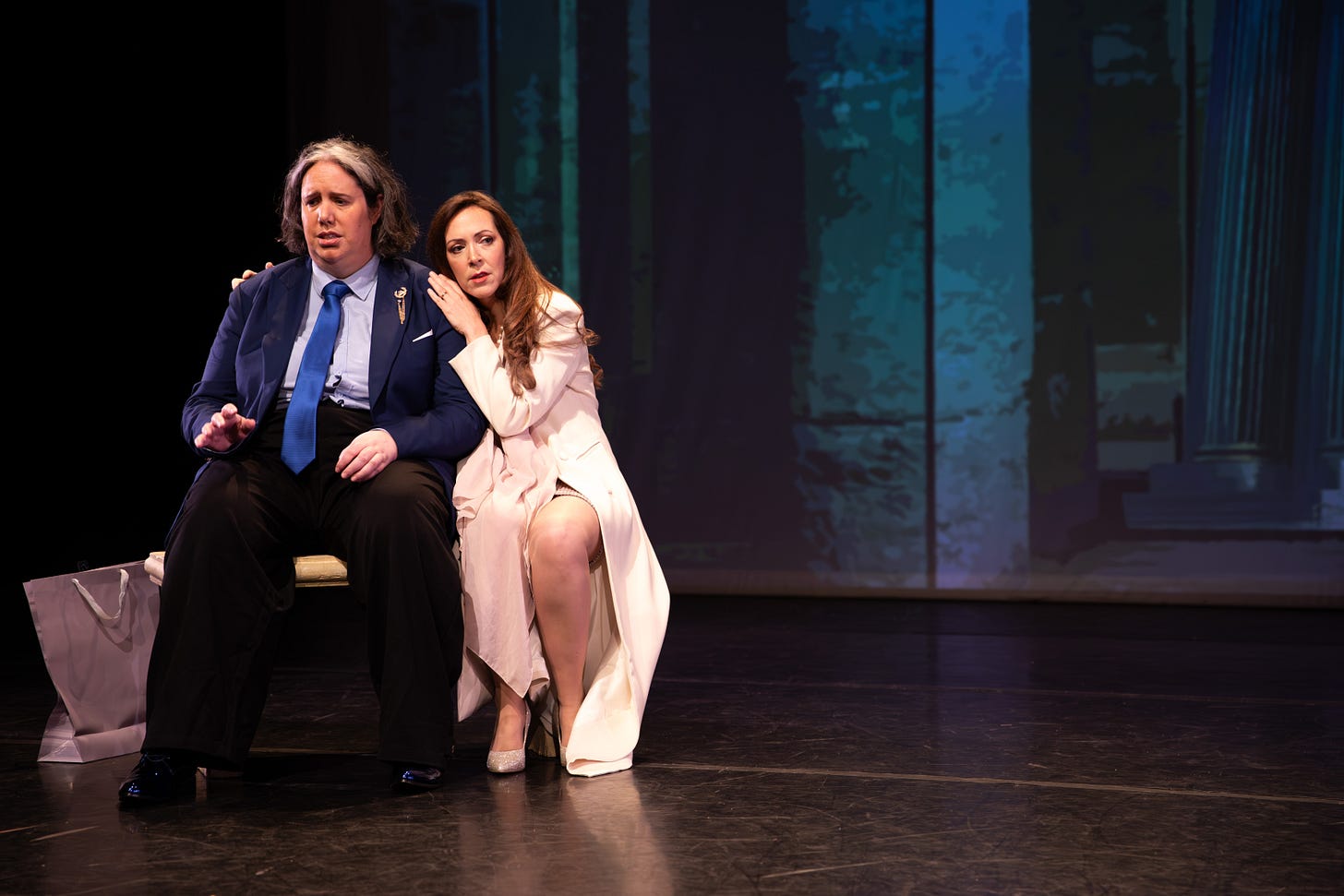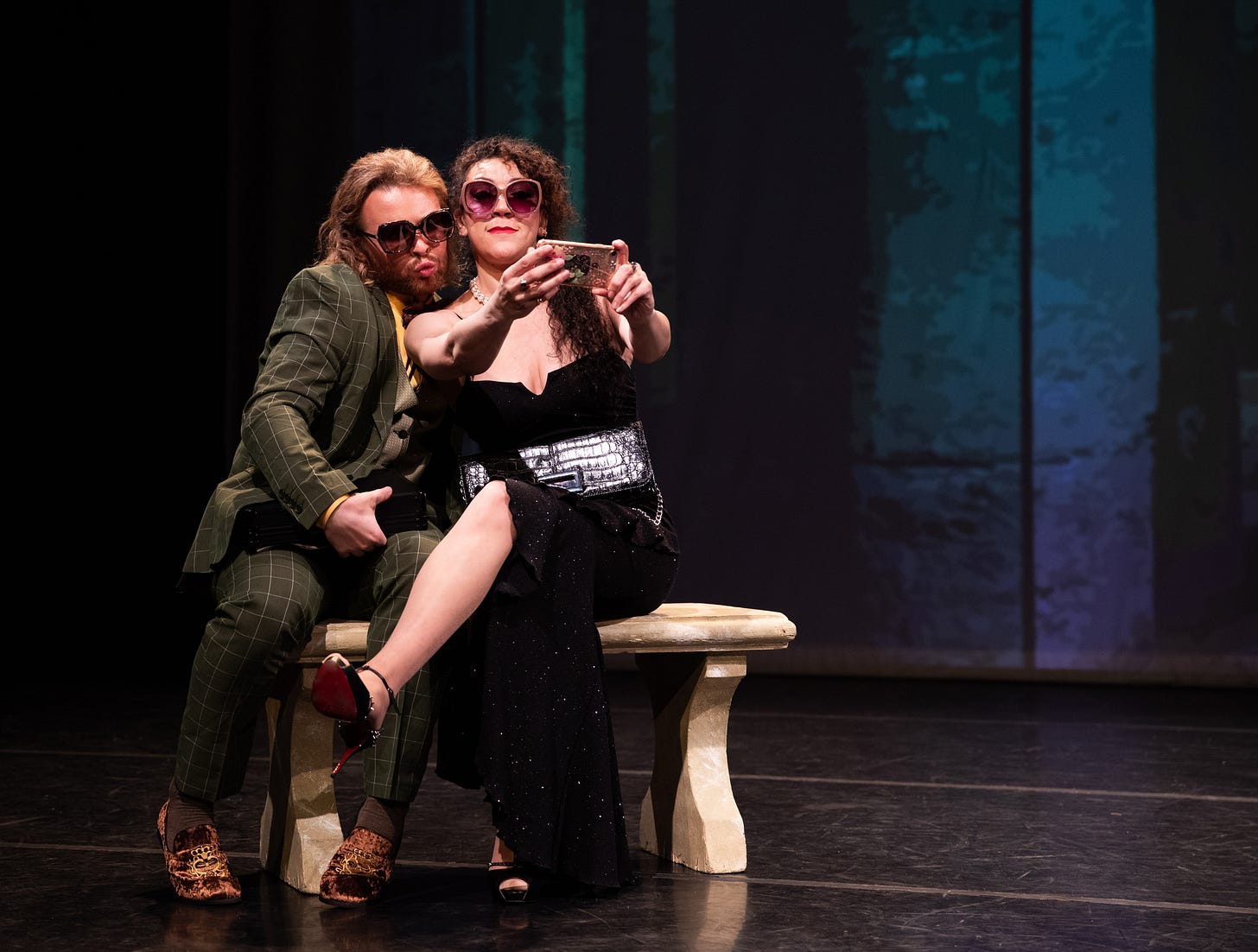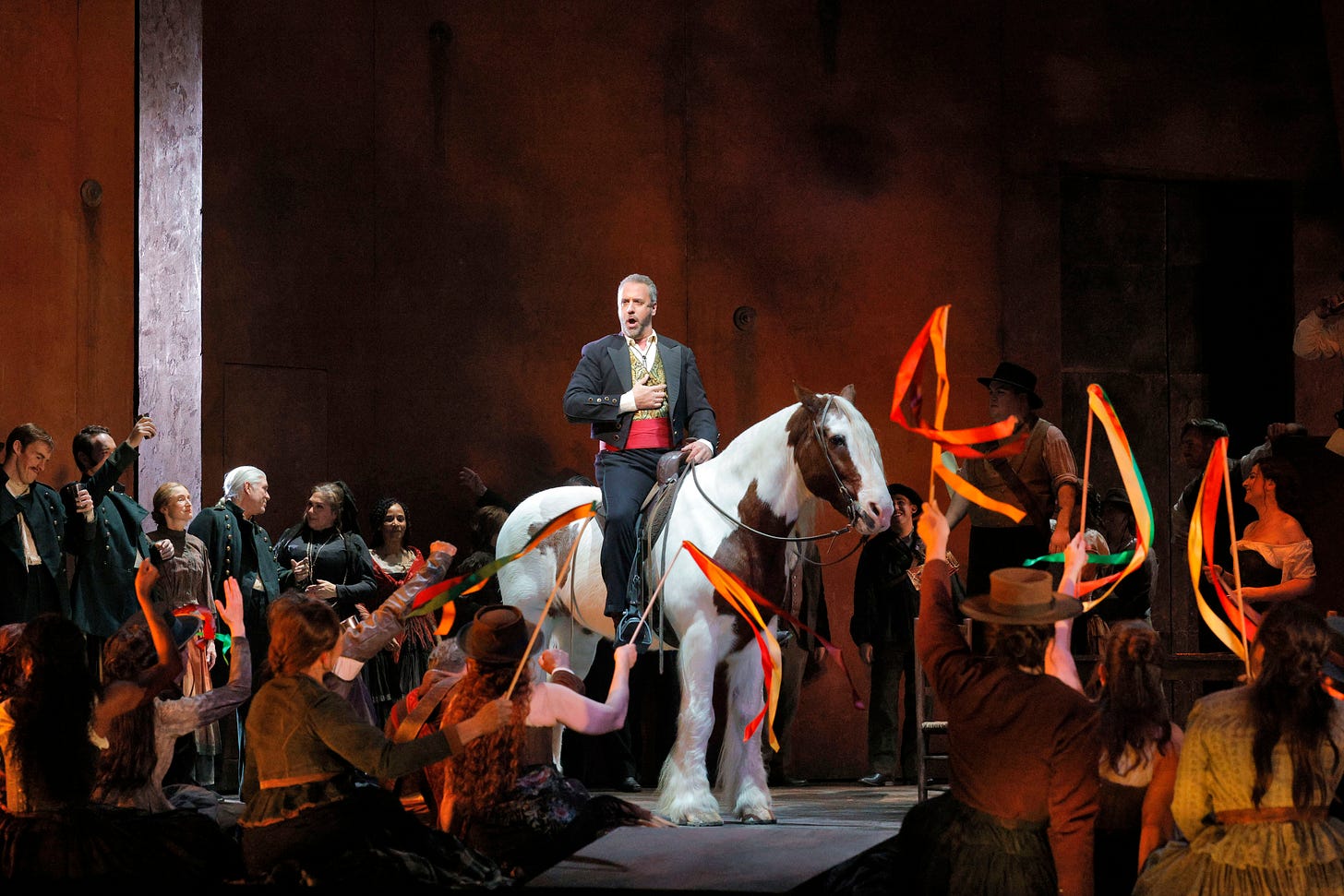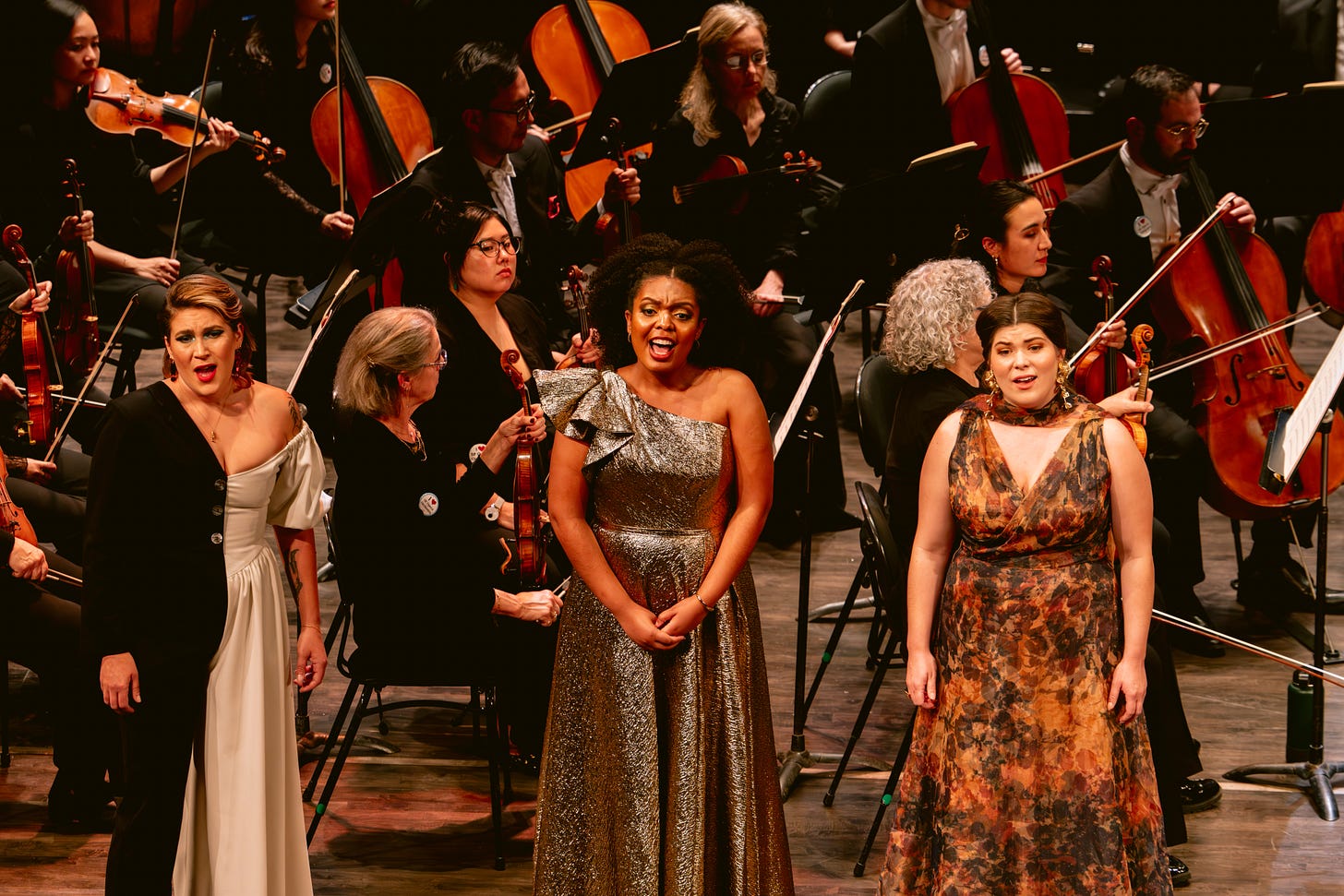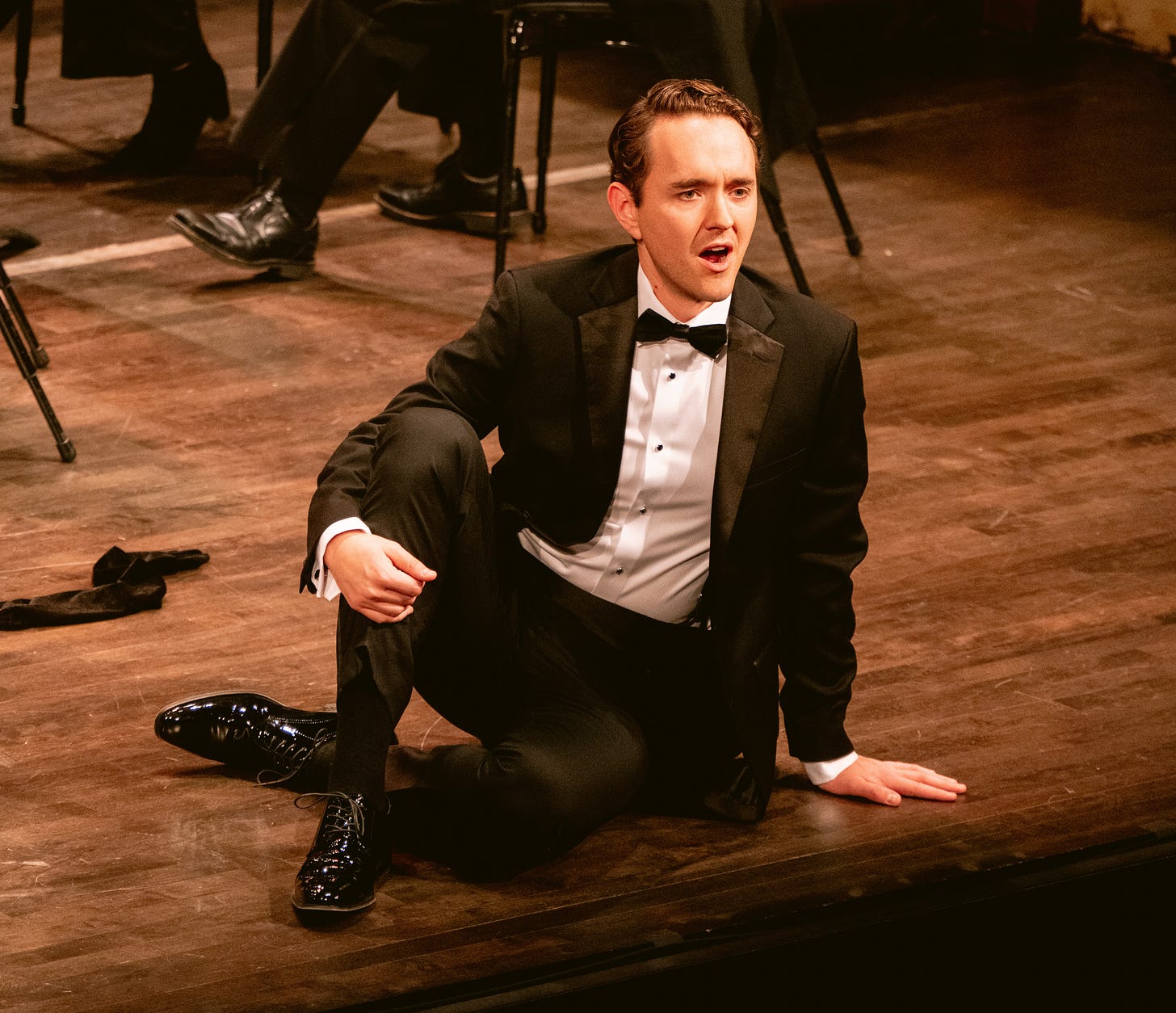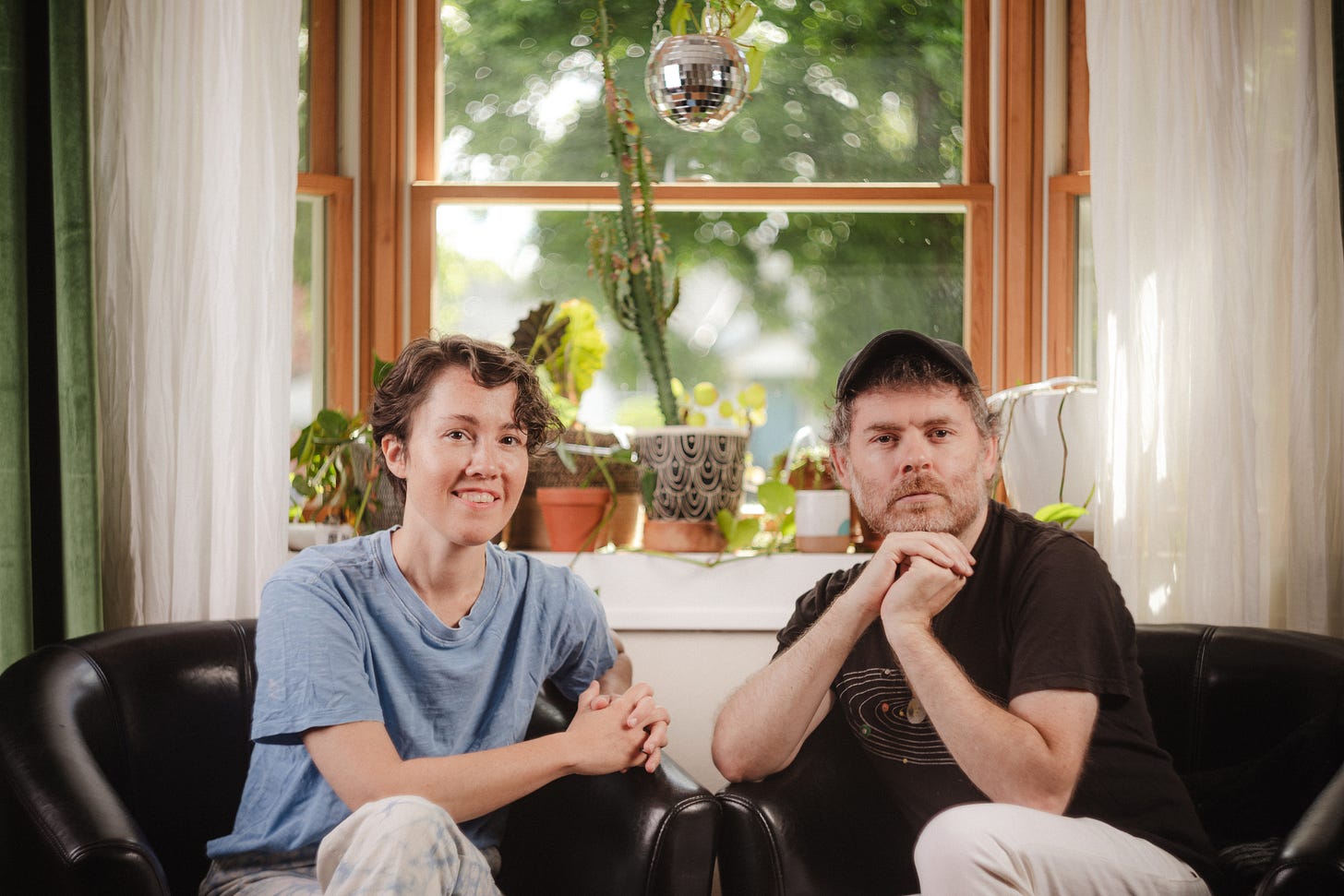In defense of crap
The latest operatic production by Ars Minerva showed the value of forgotten junk
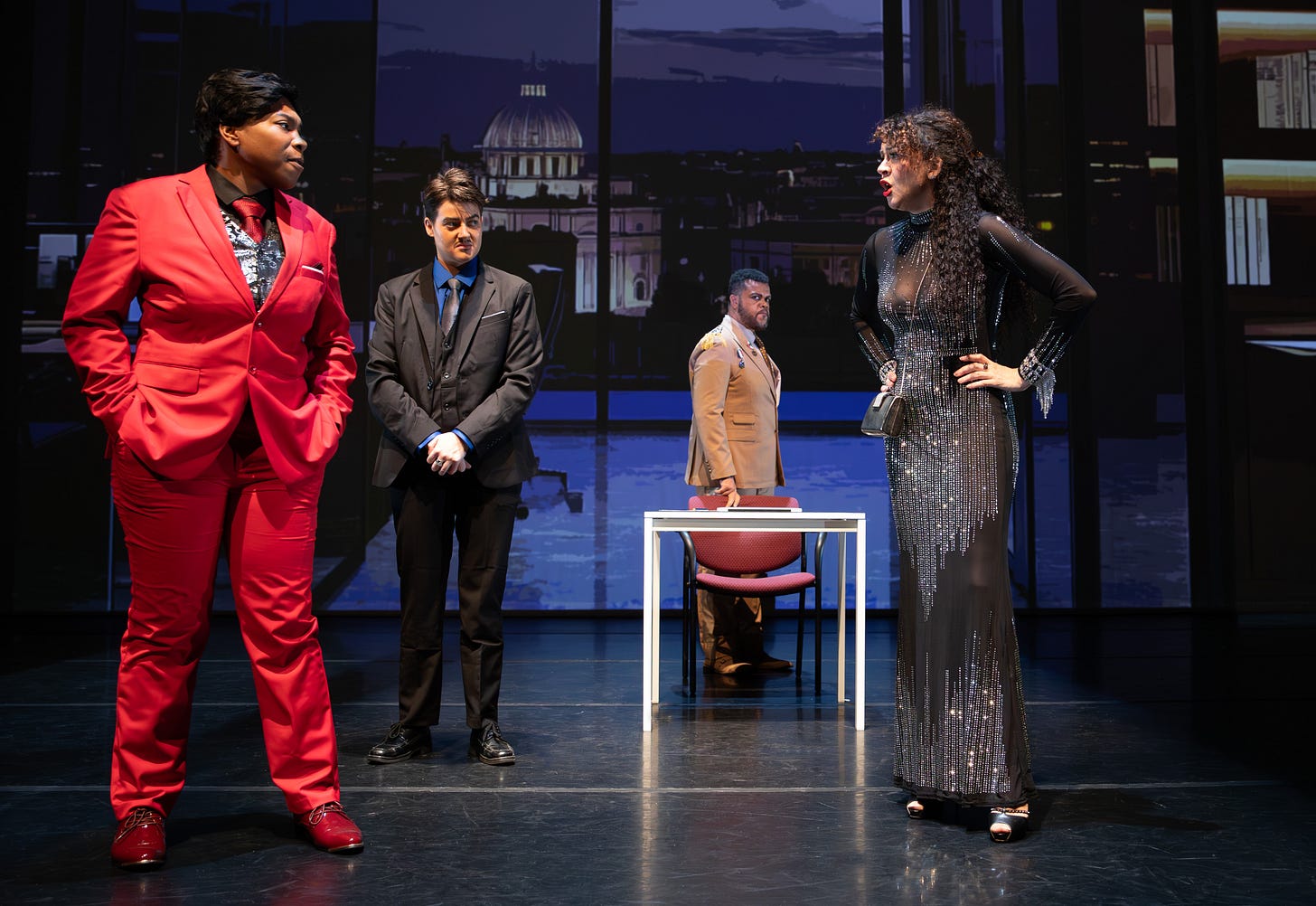
Two things happened on Sunday that turned out to be related, at least in my own mind. One was that I attended the third and final performance of La Flora in a vibrantly entertaining production by Ars Minerva, the San Francisco opera company whose mission is to revive and champion long-lost works of the Baroque. The other was the appearance in the New York Times of a guest op-ed by Metropolitan Opera boss Peter Gelb, whose mission is to help the world understand why anything that goes wrong at his company is someone else’s fault.
Gelb’s article was ostensibly there to make a case for the importance of new work in keeping opera alive. “The solution to sustaining opera,” he wrote, “is through artistic reinvention, both with new operas by living composers and reimagined productions of classics that can resonate with audiences of today.” This is, in my opinion, one of the things he gets right, along with the extent to which operatic presenters, led by the Met, spent most of the 20th century in flight from the world of contemporary music. (Composers can share some of the blame as well — although not György Ligeti, whom Gelb calls out by name. Ligeti’s Le Grand Macabre is among the century’s most vivid and inventive creations.)
Where Gelb goes wrong, I think, is in underestimating just how many new operas it takes to restore vitality to a moribund tradition. He seems to think it takes one or two or three, when in fact the correct answer is far more than you can count. Also, Gelb is still smarting over the critical drubbing that Jeanine Tesori’s Grounded received during its Met premiere this fall, and his indignation is telling: We did a new opera, and you all didn’t like it!
Well, yeah. That’s because, as the science fiction writer Theodore Sturgeon famously framed it, ninety percent of everything is crap. According to that guideline, the math is clear: It takes ten new operas to produce one good one. If you whine to (or in) the press the other nine times, you’re not really in it for the long haul. Gelb correctly lauds David Gockley, the visionary former director of the Houston Grand Opera and San Francisco Opera, for his amazing track record of 25 commissioned world premieres, without noting the pertinent fact that hardly any of them have found a place in the repertoire. Commission 25 new operas, and maybe one or two of them survive beyond their first production. The odds are long, but that’s what they are.
Once, during a public panel discussion, I opined that the only way to revivify the operatic tradition would be through “a profusion of crap.” (It was a throwaway remark, but someone in the audience seized on it and spread it around online.) Which brings us back, finally, to La Flora, which was composed, tag team style, by the composers Antonio Sartorio and Marc’Antonio Ziani and given a premiere in Venice during the 1681 Carnival season.
Is the piece crap? To a first approximation, certainly. The plot is clumsy, the vocal writing largely devoid of personality. It embodies the stylistic conventions of its day with skill but no originality. The obscurity in which the piece has languished for the past 3½ centuries is not really unmerited.
And yet! Assemble a mostly strong cast of singers, as Ars Minerva did; stage it with nimble wit, as director Céline Ricci did; entrust the musical direction to conductor/harpsichordist Matthew Dirst and throw in elegant visual projections by the artist who goes by the thermodynamic sobriquet Entropy; and you’ve got a wonderful show! They don’t all have to be masterpieces, you know.
Some of the singers were well-known to local audiences, including sopranos Aléxa Anderson and Aura Veruni, mezzo-soprano Nina Jones, and contraltos Sara Couden and Jasmine Johnson. Tenor Maxwell Ary was a new and welcome addition to the landscape, bringing tonal grace and zest to the opera’s one comic role.
La Flora, along with dozens and dozens of its forgotten 17th-century cousins, was part of the parade of disposable crap that made opera possible, and in turn bequeathed us the small handful of masterpieces that opera companies now return to again and again. Opera when it was a living, evolving art form was like Broadway musicals in the 1920s, or American movies during the midcentury heyday of the studio system. Those artistic ecosystems relied on flooding the zone, and then not worrying too much if any individual offering (like, let’s say, Grounded) didn’t make it, because there were a dozen more pieces coming down the pike. And that’s the way, if at all, that opera will be resuscitated as an art form.
Elsewhere:
Nicholas Jones, SFCV: “the many arias are short but tuneful and varied in affect — now tender, now seductive, vengeful, grieving, or triumphant. Overall, the music is engaging and often passionate.”
Little in Carmen
The San Francisco Opera’s production of Carmen, which opened at the War Memorial Opera House last Wednesday, need not detain us long. As heartily as I despise Donald Trump and everything he says, does, and is, I have to grudgingly concede that his use of “low-energy” as a pejorative can sometimes be unnervingly apt. This was one of those cases. It was not easy on opening night to remember that a skillfully done Carmen can crackle with erotic energy, a sense that as Carmen herself says, love (by which she means sex) is an ungovernable force that respects no law.
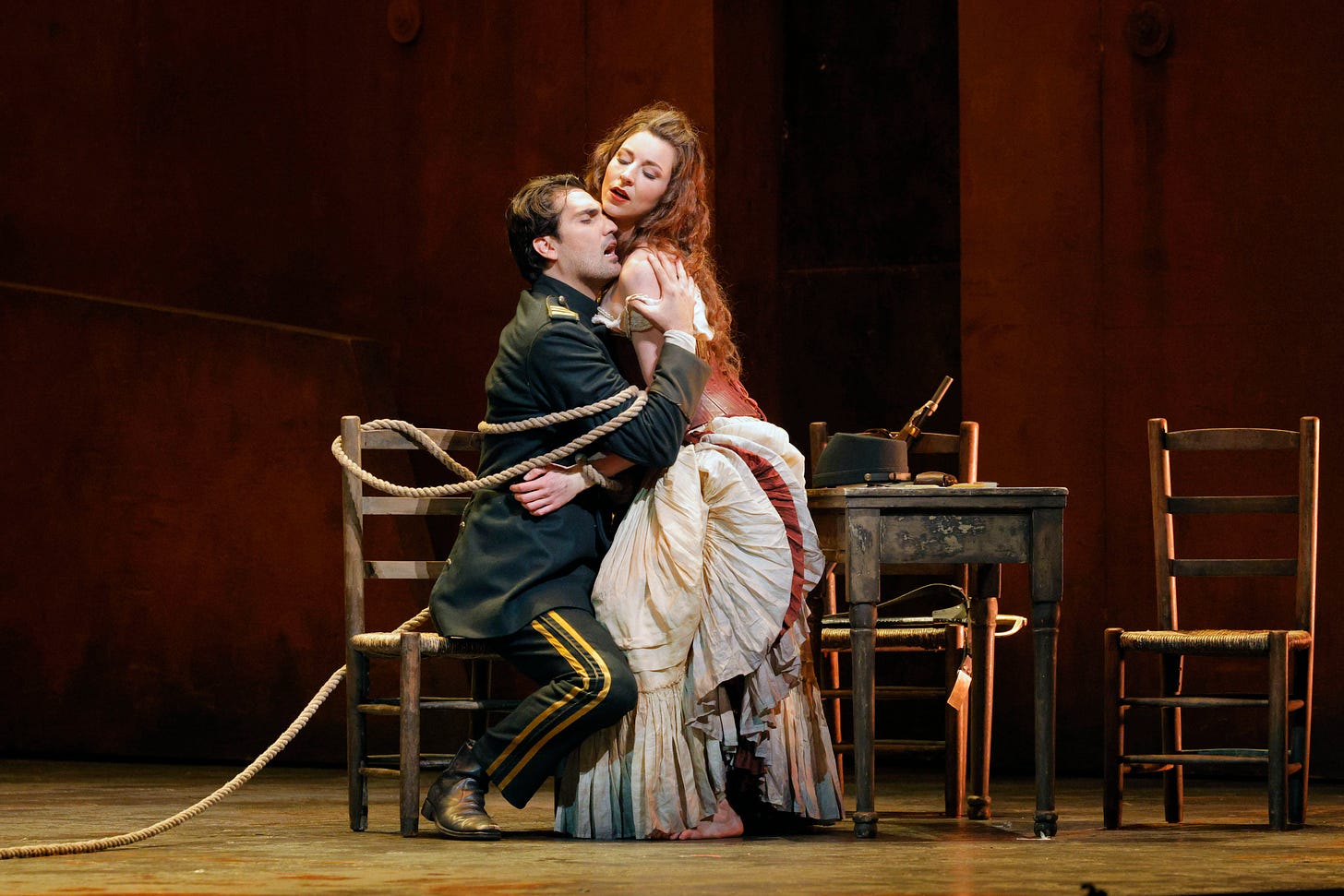
Not only can Bizet’s opera crackle, it has to. The audience has to believe that his desire for Carmen could make Don José throw away everything of value in his life — his mother, his cute girlfriend, his career, his honor. Making her U.S. debut in the title role, French mezzo-soprano Eve-Maud Hubeaux threw off no vocal or theatrical sparks that would suggest any of that. Her singing was gray and lusterless; whenever there were more than three people on stage, Hubeaux seemed to gravitate toward the sidelines, as if eager not to be noticed.
Nothing else in the performance did much to compensate. Debuting conductor Benjamin Manis streaked impressively out of the gate with the opening strains of the Act 1 prelude, only to find himself rhythmically becalmed thereafter. As Don José, tenor Jonathan Tetelman was as recessive and inert a presence as he had been in his 2022 debut in La Traviata. Soprano Louise Alder’s debut as Micaëla was just fine. Bass-baritone Christian Van Horn was a stalwart, charismatic presence as Escamillo (though to be fair, he got to come on and off stage on an actual horse).
The evening’s emblematic moment came in Act 1, when Carmen first makes Don José fall for her by throwing a flower directly at him. It’s a dramatic gesture, so erotic and stirring that he will sing an entire aria about it in the next act. But Hubeaux limply let the flower drop practically at her own feet, as if she’d lost her grip on a bus ticket or a wadded-up Kleenex. If Don José hadn’t been looking in just the right place at just the right moment, he would have missed the entire interchange. Same with the audience.
Carmen: San Francisco Opera, through Dec. 1. www.sfopera.com.
Elsewhere:
Michael Zwiebach, San Francisco Chronicle/SFCV: “mezzo-soprano Eve-Maud Hubeaux, making her U.S. debut in the title role, is a tremendously inventive actor, both vocally and physically.”
Caroline Crawford, Bay City News: “Carmen is a gold-coin opera that insures large audiences in hard times. This one is well sung and staged, with engaging dance interludes and a lively children’s chorus.”
Hail Fellows, well met
Anyone seeking genuine operatic excitement had to be in Herbst Theatre two nights later, when the San Francisco Opera Center’s Adler Fellows took the stage for a glorious showcase presentation of arias and duets. This annual event, which bears the lovably grandiose title The Future Is Now, is always a delight, because the young artists in this program have gifts that are only hinted at in their fleeting mainstage appearances during the Opera season.
And so it was on this occasion as well. One singer after another took the stage — Manis was the conductor again, this time with a bit more flair — and dazzled the audience with displays of vocal brilliance and expressive ardor. For the second-year Adlers, this was their final appearance in the program, and they made the most of it. Mezzo-soprano Nikola Printz unleashed a powerhouse aria from Handel’s Hercules, and was later joined by first-year soprano Caroline Corrales for a tender, shapely duet from Bellini’s rarely heard Bianca e Fernando.
I’ve admired soprano Olivia Smith’s work throughout her fellowship, but I don’t think I’ve ever heard her sing with the kind of firepower and splendor that she brought to “Amour, ranime mon courage” from Gounod’s Roméo et Juliette to close the evening. “O tu, Palermo,” the great showpiece from Verdi’s I Vespri Siciliani, elicited a stirring account from bass-baritone Jongwon Han, and soprano Arianna Rodriguez sang with luminous clarity in the “Berceuse” from Benjamin Godard’s Jocelyn.
Among the first-year Adlers, I was particularly impressed by baritone Samuel Kidd, whose boyish looks and nimble physique left me unprepared for the strength and resourcefulness with which he dispatched solos from Bizet’s Pearl Fishers and Thomas’ Hamlet. I know there are opera lovers whose appreciation for the art form is limited to fully staged productions, and who don’t quite warm up to it unless there are sets, costumes, theatricality, and all the rest. But for anyone who delights in singing for its own sake (and for those of us who enjoy the spring-training rewards of scouting young talent), the annual Adler showcase is a must.
Elsewhere:
Lisa Hirsch, San Francisco Chronicle/SFCV: “you never know which of these singers will go on to major careers, but if I were the betting type, I’d put my money on the Canadian lyric soprano Olivia Smith.”
Michael Strickland, Civic Center: “the young conductor Benjamin Manis did a wonderful job leading the SF Opera Orchestra in a wide range of music, from Handel to Rachmaninoff, while being very attentive to his young vocalists.”
The joy of hex
I once formulated a law of contemporary music stating that any piece whose title is a plural noun should be presumed to be no damn good until proven otherwise. If you imagine that the subject of your piece is, I don’t know, Triangles or Branches, then you’ve drifted too far from the sounding music without getting close enough to anything concrete. Bartók’s Contrasts may be an exception, in that it’s a magnificent creation, but it also has one of the worst titles any composer ever came up with; you might as well call a piece Big Bunches o’ Notes.
Hexagons, the ravishingly beautiful song cycle that composer-performers Caroline Shaw and Gabriel Kahane introduced in Herbst Theatre on Thursday, seemed on paper to have triggered that particular tripwire. But no — it turns out that the title is a reference to something specific, albeit fictional. The cycle is an homage to Jorge Luis Borges and to his Library of Babel, in which all the universe’s possible books are stored in hexagonal galleries. (Even as I write, Kahane has dropped an eloquent essay about this piece, and much else besides.)
The texts are luminescent and often frail, with gossamer turns of phrase that reach out beyond the literal in ways that catch the listener by surprise. Many of them adopt Borges’ own voice, using the writer’s blindness as a recurrent motif. To these, Kahane and Shaw have fit music that is full of fleeting allusion, sometimes explicit (Schubert’s B-Flat Piano Sonata makes a delightful surprise appearance) and sometimes with dreamlike elusiveness.
All of this, perhaps, is a way of saying that I loved the piece deeply without understanding it, and without quite knowing how or why it was affecting me the way it did. Which may be the best kind of love there is.
Elsewhere:
Stephen Smoliar, The Rehearsal Studio: “[the performers] may relish each other’s insights and laugh at each other’s jokes, but none of that spirit ever spilled off the stage to engage the audience.”
Cryptic clue of the week
From Out of Left Field #242 by Henri Picciotto and me, sent to subscribers last Thursday:
Redesign of float is up in the air (5)
Last week’s clue:
A musical group performing in desert (7)
Solution: ABANDON
A musical group: A BAND
performing: ON
desert: definition
Coming up
• Redwood Symphony: The Bay Area abounds with orchestras of every stylistic bent and degree of professional expertise. The distinctive aspect of the Redwood Symphony is that music director Eric K (aka Kujawsky) — now, astonishingly, in his 40th year in the post — fills the orchestral ranks with non-professional musicians and then has them play an steady stream of ambitious and venturesome repertoire. The season’s third concert program includes Shostakovich’s all-too-rarely heard Fourth Symphony and Mozart’s Bassoon Concerto with soloist Yueh Chou. Nov. 23, Cañada College Main Theater, Redwood City. www.redwoodsymphony.org.
• San Francisco Symphony Youth Orchestra: It’s always a delight to hear how well these teenage musicians fare with repertoire that is either standard or off the beaten track — and often both on a single program. The rarity in the upcoming concert, the first led by incoming music director Radu Paponiu, is the Cyber Bird Concerto by composer Takashi Yoshimatsu, with saxophonist Harry Jo, a senior at Amador Valley High School in Pleasanton, as soloist. More familiar offerings are Bernstein’s Candide Overture and Tchaikovsky’s Fourth Symphony. Nov. 24, Davies Symphony Hall. www.sfsymphony.org.
• San Francisco Contemporary Music Players: Progress is being made, but the sad truth is that most concerts of classical and new music focus on work by men. “Myths and Muses,” the upcoming program by the San Francisco Contemporary Music Players, promises an array of new music by women, including a commissioned premiere by San Francisco composer Emma Logan with mezzo-soprano Kendra Scharich as soloist. Also on the program are recent works by Laura Elise Schwendinger, Mary Kouyoumdjian, and Augusta Read Thomas. Nov. 24, Brava Theater. www.sfcmp.org.




